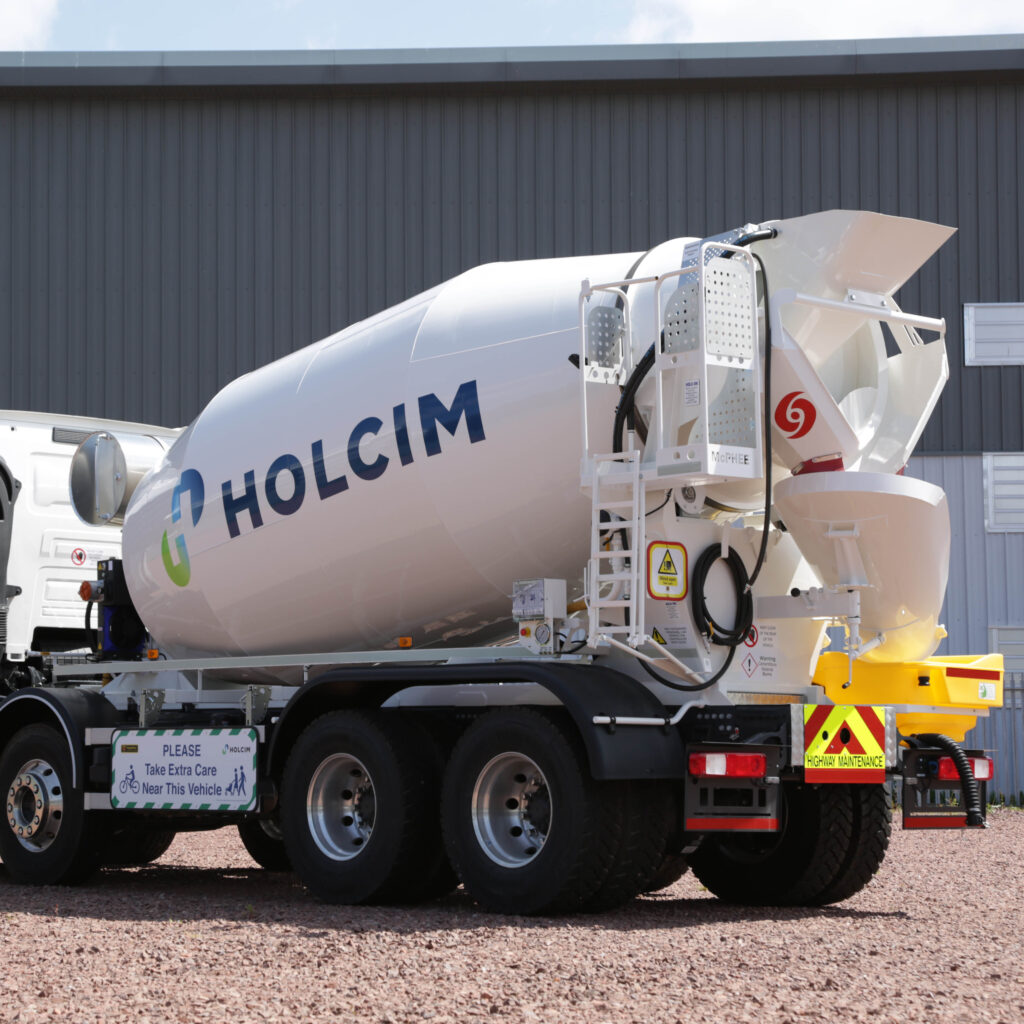
Urban-Ready by Design: Specifying Mixers for Safety, Visibility and Uptime
Modern urban sites demand mixers that are compact, visible and safe without compromising payload or pour performance. Getting the specification right up front saves time, reduces risk and keeps projects on track. Here’s a practical guide to the choices that matter.
See and be seen
Visibility is fundamental. Camera systems (front, nearside, rear and chute views), on-vehicle lighting and clear in-cab indicators give drivers the information they need in busy environments. Simple, logical displays — and audible alerts that are noticeable but not overwhelming — make for calmer manoeuvres and safer sites.
Access, working at height and housekeeping
Walkways, anti-slip catwalks, grab handles and guarded platforms let operators position chutes and perform checks confidently. Good housekeeping design — hose stowage, tool holders, labelled points — prevents trip hazards and speeds set-up/pack-down. When time is tight, small frictions become big delays.
Chute and washdown choices
Chute packages should suit the most common site layouts you encounter. Think about extension pieces, swing range and stowage. Washdown systems need to be robust, easy to access and sized to real usage so operators can keep equipment clean without hunting for water.
Noise matters
Neighbours and site managers notice noise. Specifying attenuation around the drive and a calm acoustic profile at operator ear height helps preserve early or late delivery windows and improves driver experience. Where electric routes make sense, see our E-Mixer post — engine-off site operation brings an immediate acoustic win.
Payload, axle and wheelbase
Urban doesn’t have to mean under-spec. The right chassis, axle and wheelbase choices keep access practical while delivering the payload you need. Work with your OEM and McPhee to balance turning circle, kerb weight and stability so the mixer feels planted in tight streets and calm on the open road.
Documentation and compliance
From commissioning records to ongoing inspection logs, make documentation part of the spec. Clear paperwork supports site audits, insurers and your own duty of care — and it keeps vehicles consistent across depots, which simplifies training.
Standardise what you can
Standard layouts, labels and control sequences reduce training time and cut errors. Drivers moving between assets find familiar controls; maintenance teams stock fewer spares; managers see more predictable performance. You still get bespoke where it matters — the base is just smarter.
Building an urban-ready mixer spec? Speak to McPhee. We’ll help you balance visibility, safety and payload — and deliver a mixer that works as hard as your programme demands.